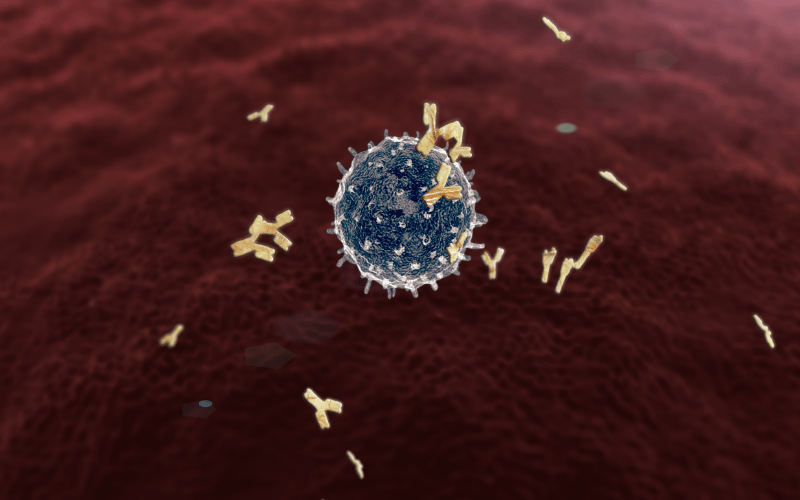Fact 6: The Staging of CLL

Much like a storyline unfolds in stages, so does CLL. Categorizing the disease into distinct stages helps doctors pinpoint its severity and strategize treatments accordingly. The Rai and Binet systems are commonly used, with the former being prominent in the U.S. and the latter in Europe.
The Rai system classifies CLL into five stages, from 0 to IV. Stage 0 is the least severe, characterized by high lymphocyte count but no other significant symptoms. As we progress from I to IV, symptoms intensify, encompassing enlarged nodes, spleen, liver, and even anemia or low platelet counts. This comprehensive system allows for tailored treatments depending on the severity of the stage.
Europe’s Binet system uses a more simplified approach, breaking CLL into three stages – A, B, and C. While A represents the least severe, with fewer than three areas of lymphoid tissue enlargement, C indicates the most advanced stage, with anemia or low platelet counts without considering the number of enlarged lymphoid areas.
The stage of CLL is directly proportional to the treatment’s aggressiveness. Early stages might require just watchful waiting, while the advanced ones could necessitate a combination of therapies. Understanding the exact stage is paramount, ensuring that the treatment isn’t too aggressive or too lenient. (6)